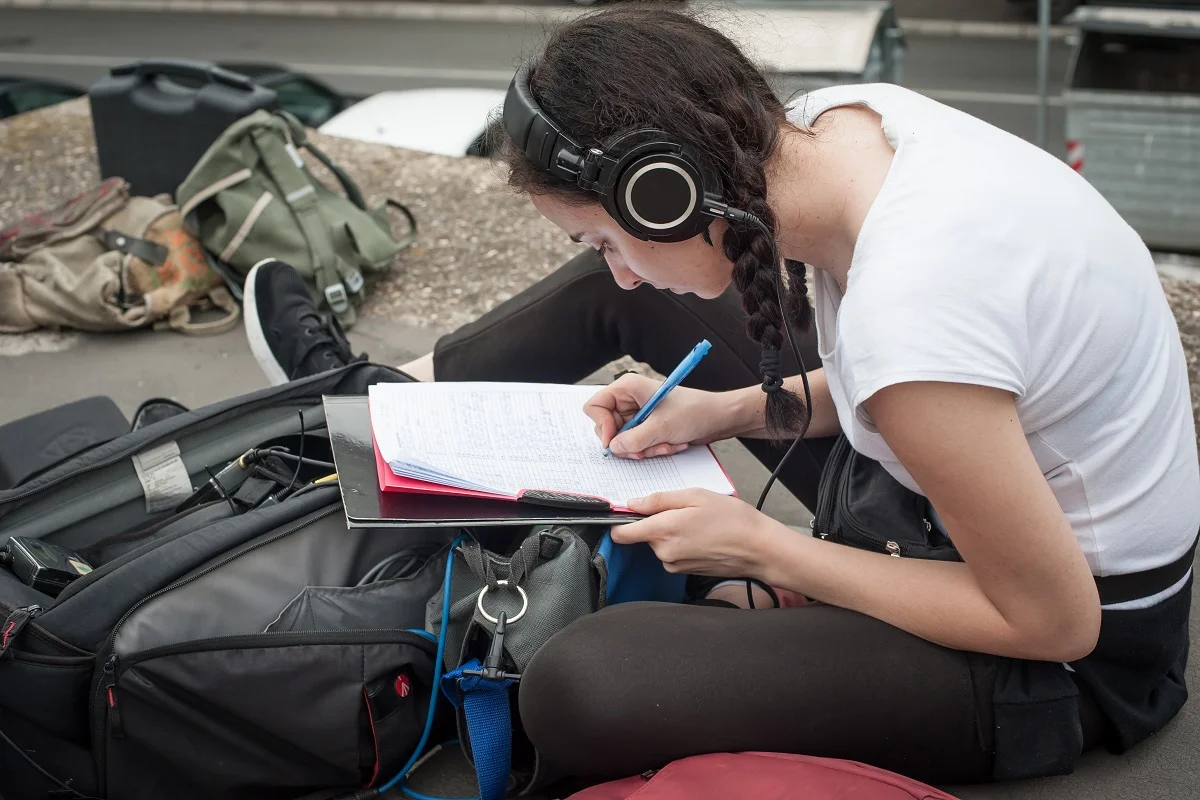Dialogue serves as a window into a character’s personality, relationships, and motivations, making it essential for driving the narrative forward and connecting with readers on a deeper level. In this comprehensive guide, we will explore the art of writing authentic dialogue and provide practical tips to help you master this essential aspect of storytelling.
The Importance of Realistic Dialogue
Realistic dialogue is a cornerstone of effective storytelling. When done well, dialogue can bring characters to life, create emotional depth, and propel the plot naturally and compellingly. By mastering the art of crafting authentic conversations, writers can immerse readers in the world of their story and establish a strong connection between characters and audience.
Tips for Writing Authentic Dialogue
Listen to Real Conversations: Pay attention to how people speak in real life. Listen to the cadence, tone, and choice of words used in conversations. This observation can help you capture the natural flow of dialogue in your writing.
- Develop Unique Voices for Characters: Each character should have a distinct voice that reflects their personality, background, and motivations. Consider factors such as age, education, and life experiences when shaping a character’s dialogue style.
- Use Subtext and Implication: Not everything needs to be explicitly stated in dialogue. Subtext and implication can add depth to conversations and create tension or emotional resonance between characters.
- Avoid Exposition Dump: Dialogue should feel organic and not serve solely as a means to convey information to the reader. Integrate exposition subtly into conversations to maintain a natural flow.
- Edit and Revise: Refine your dialogue through editing and revision. Cut out unnecessary words, tighten exchanges, and ensure that each line serves a purpose in advancing the story or developing character relationships.
Examples of Effective Dialogue in Literature
In J.D. Salinger’s “The Catcher in the Rye,” the protagonist Holden Caulfield’s colloquial and cynical dialogue captures his adolescent voice and alienation from society. In Jane Austen’s “Pride and Prejudice,” the witty and sharp exchanges between Elizabeth Bennet and Mr. Darcy reveal their complex relationship and character growth.
Common Pitfalls to Avoid
- Overly Formal Dialogue: Avoid dialogue that sounds too formal or stiff unless it suits the character’s personality or the story’s setting.
- Unrealistic Conversations: Dialogue should mirror real-life conversations while still serving the narrative. Avoid unrealistic exchanges that feel forced or unnatural.
- Lack of Conflict or Tension: Engaging dialogue often involves conflict, tension, or emotional stakes. Ensure that conversations drive the plot forward and reveal character dynamics.
Practicing Dialogue Writing
- Dialogue Exercises: Practice writing dialogue-only scenes to focus on character interactions and communication without relying on exposition or narration.
- Character Interviews: Conduct “interviews” with your characters to understand their perspectives, voice, and motivations. This exercise can help you develop more authentic dialogue.
Crafting Memorable Characters through Dialogue
Effective dialogue is a powerful tool for developing memorable characters. By infusing conversations with personality, emotion, and conflict, writers can create rich and dynamic characters that resonate with readers long after they finish the story.
Writing Realistic Dialogue in Different Genres
- Literary Fiction: Realistic dialogue in literary fiction often delves into complex emotions, relationships, and societal themes. Focus on authenticity and depth in character interactions.
- Mystery and Thriller: Dialogue in mystery and thriller genres can build suspense, reveal clues, and heighten tension. Use dialogue to mislead or deceive readers while advancing the plot.
- Romance: Dialogue in romance novels plays a crucial role in developing chemistry between characters and conveying emotional intimacy. Focus on creating believable and heartfelt exchanges.
Challenges and Growth Opportunities
Writing realistic dialogue is a skill that requires practice, observation, and a deep understanding of your characters. Embrace the challenges of crafting authentic conversations, and view each dialogue exchange as an opportunity to delve deeper into your characters’ motivations and relationships.
Conclusion
Mastering realistic dialogue is one of the most powerful skills a writer can develop. It brings characters to life, adds emotional depth, and makes stories feel authentic and engaging. By observing real conversations, giving each character a unique voice, and refining every line for purpose and impact, writers can create dialogue that not only advances the plot but also resonates deeply with readers. Ultimately, authentic dialogue transforms good storytelling into unforgettable storytelling.
Key Takeaways:
- Realistic dialogue is crucial for engaging storytelling and character depth.
- Distinct character voices make conversations authentic and memorable.
- Subtext enriches dialogue by revealing emotion and tension beneath the surface.
- Natural flow and subtle exposition keep conversations believable.
- Consistent editing refines dialogue to serve a story and character purpose.
- Practice and observation are key to mastering authentic, impactful exchanges.
As you continue to hone your dialogue-writing skills, consider exploring the NYU Modern Screen Writing online course and certificate program offered by Yellowbrick. This comprehensive program can provide valuable insights and practical tools to further enhance your writing abilities and take your storytelling to the next level.







